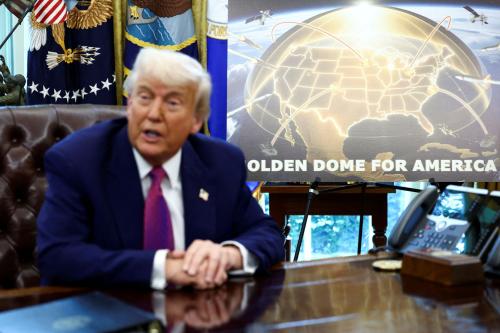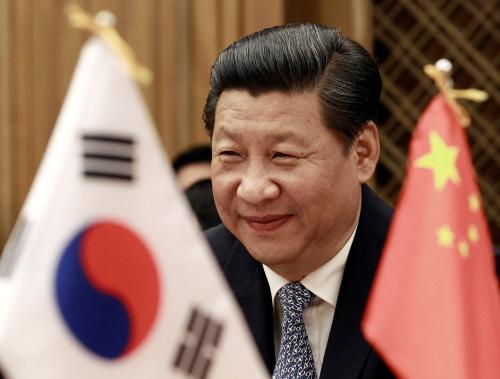President Trump is right: North Korean leader Kim Jung-un is “very talented,” and Chinese President Xi Jinping is “a very special person.” The Singapore summit proved a landmark victory for both.
In November 2017, after returning to Washington from a 12-day, five-nation trip to Asia, President Trump stood in the Diplomatic Reception Room of the White House and insisted that he and President Xi had agreed they “would not accept a so-called ‘freeze for freeze’ agreement like those that have consistently failed in the past.” The Chinese immediately denied any such agreement, insisting that a freeze-for-freeze remained “the most pragmatic, feasible, sensible and reasonable proposal.”
In January 2018, then-Secretary of State Rex Tillerson again insisted that the administration rejected a “‘freeze for freeze’ approach in which legitimate defensive military exercises are placed on the same level of equivalency as the DPRK’s unlawful actions.” “The pressure campaign,” Tillerson promised, “w[ould] continue until North Korea takes decisive steps to denuclearize.”
But a slushy “freeze-for-freeze”—with no decisive steps toward denuclearization—is precisely what President Trump has agreed to: a freeze of joint U.S. and South Korean military exercises in exchange for a continued freeze on North Korean nuclear and missile testing, accompanied by no concrete North Korean commitment to freeze further development of its nuclear and missile programs.
In the course of his giveaway, Trump also threw in an invitation to Kim Jung-un to visit the White House; blessed the end of “maximum pressure” (“…a very special person, President Xi of China…has really closed up th[e China-North Korea] border maybe a little less so over the last couple of months, but that’s okay”); and, for good measure, sucker-punched our Asian allies by apparently providing no warning that he might agree to suspend joint military exercises, and hinting at a future withdrawal of U.S. troops (“At some point I have to be honest…we have 32,000 soldiers in South Korea. I would like to be able to bring them back home”).
Kim, having already demonstrated credible nuclear and missile capabilities, conceded nothing beyond Pyongyang’s longstanding, meaningless and mendacious commitment to denuclearization that it has been peddling for two and a half decades.
While President Trump might be correct that his threat to rain “fire and fury” on the Korean Peninsula helped get Kim to the table (and perhaps persuaded Xi to cajole him there), the opportunity to convert that leverage into real denuclearization has been squandered. All while whipsawing our Northeast Asian allies between fears of entrapment and abandonment.
The Brookings Institution is committed to quality, independence, and impact.
We are supported by a diverse array of funders. In line with our values and policies, each Brookings publication represents the sole views of its author(s).





Commentary
A slushy “freeze-for-freeze”: The deal China and North Korea always wanted
June 12, 2018